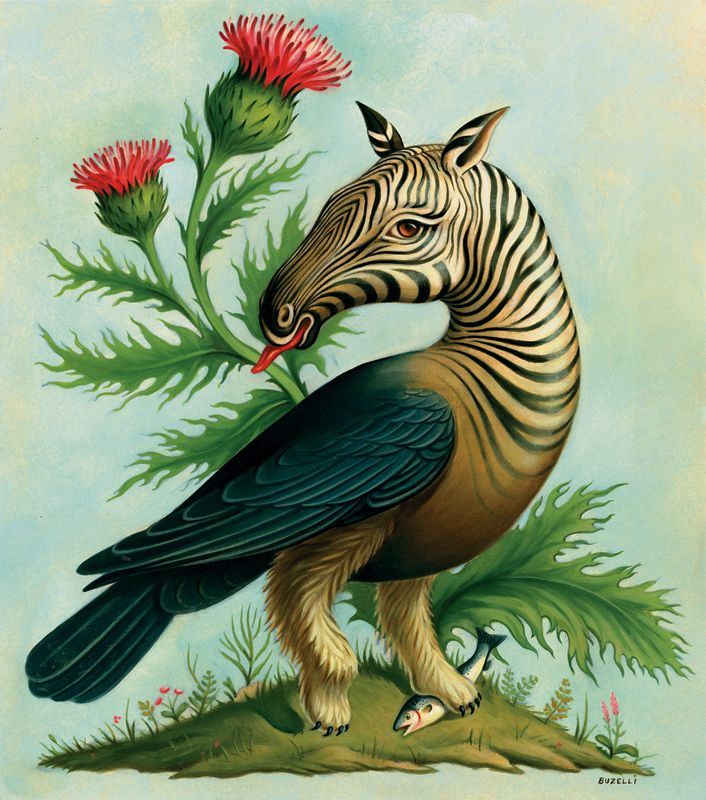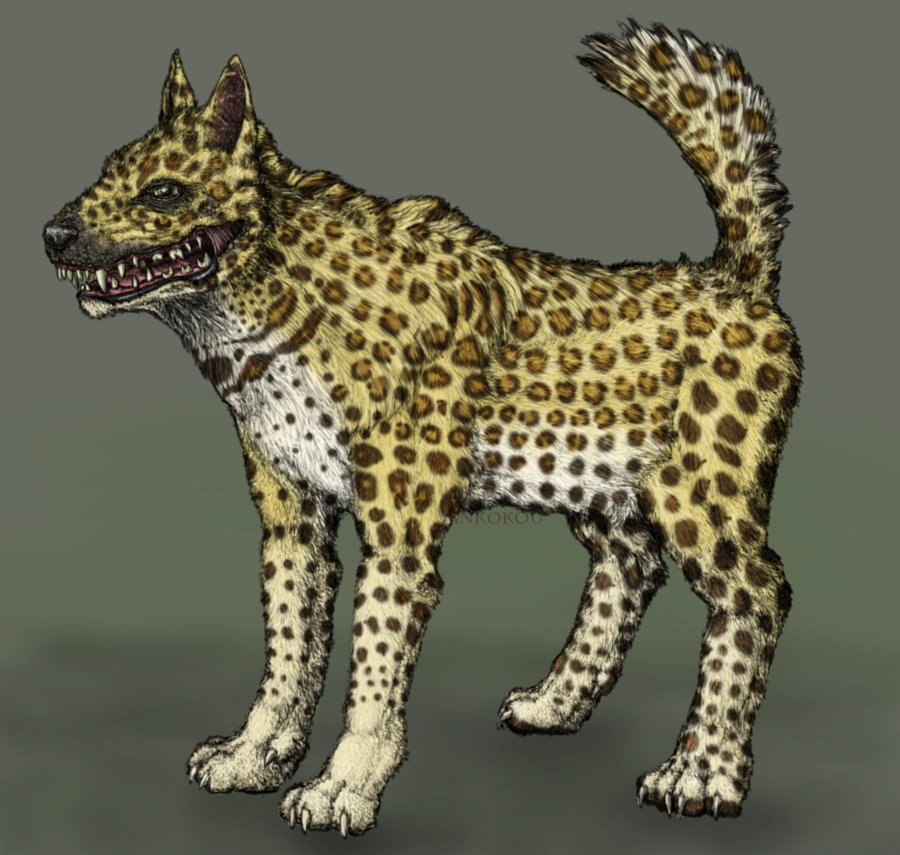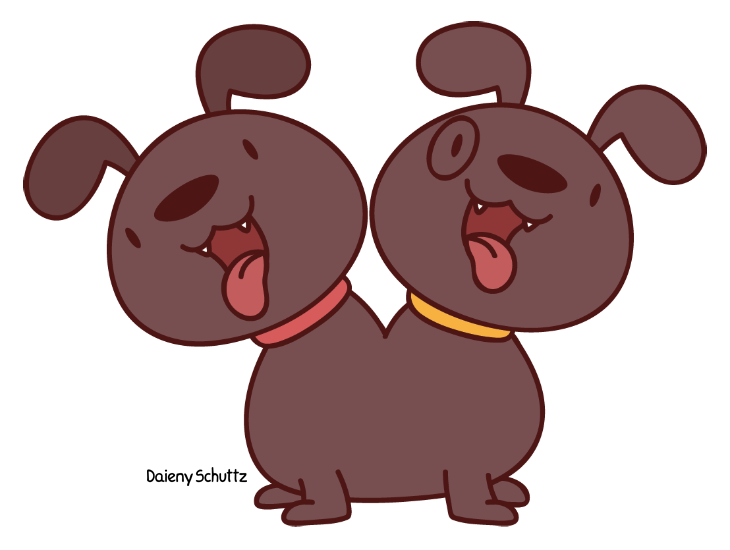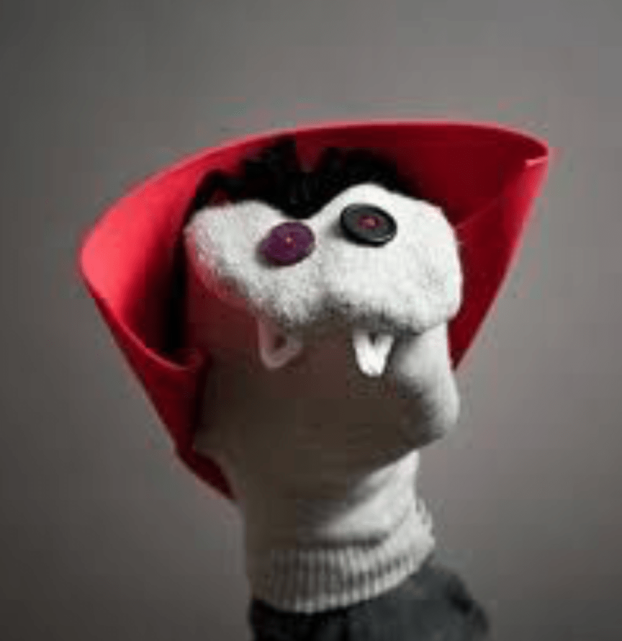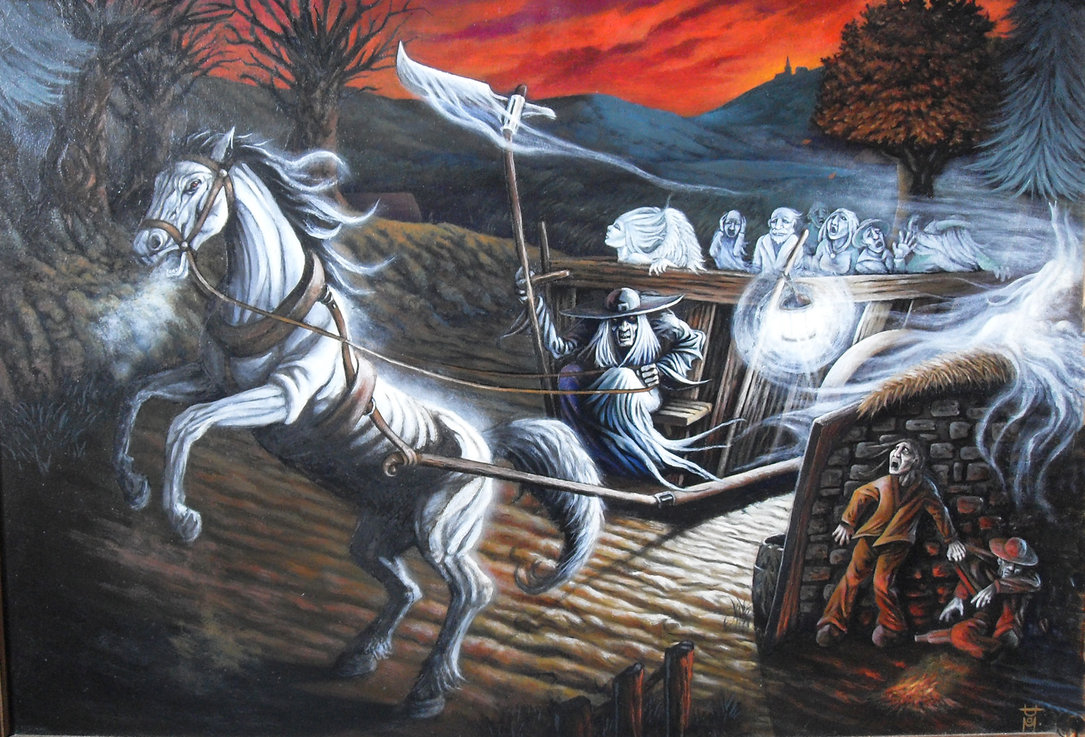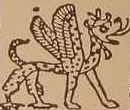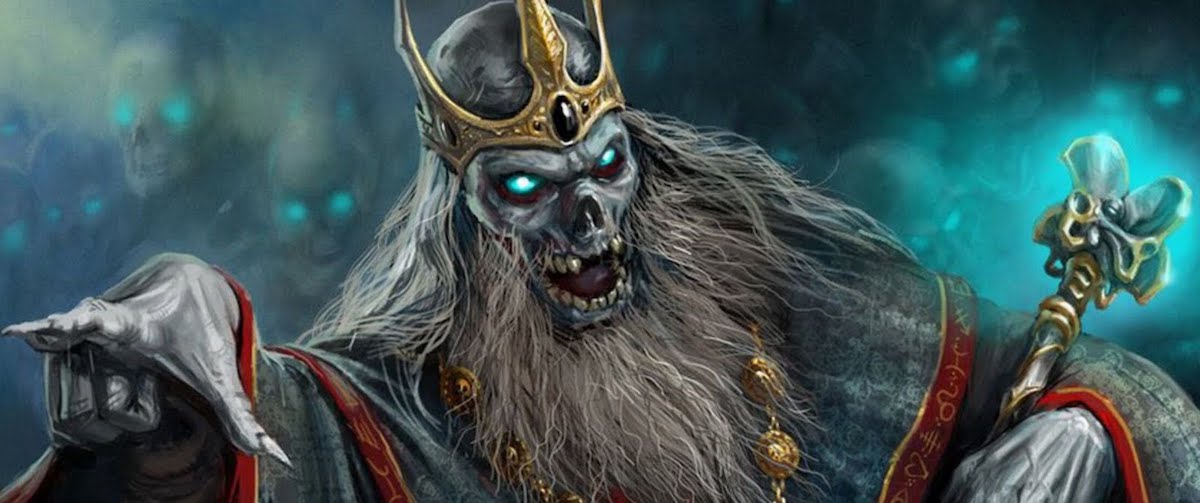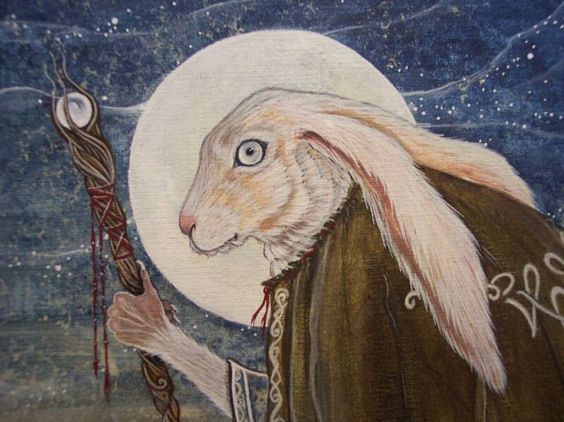Goblins are one of fantasy’s favorite creatures. They serve as a small, potentially humorous parallel to larger ‘green’ races such as Orcs, Ogres and Bugbears.

But, like most fantasy creatures, they’ve become a bit stale. They’ve fallen out of use, being replaced by Kobolds, Imps and such like. While I enjoy this variation, I think it’s a shame that we’ve lost track of what Goblins are meant to be.
So let’s go all the way back to the roots.
LITTLE GOBLIN ORIGINS
Like most of our popular fantasy creatures, goblins originated with a more fey and supernatural taint. They were creatures that lived on the verge of Midgard and Faerie, so to speak. Not gods or angels, but at the same time distinctly strange and mysterious.

Originating in Middle Age European folklore, it is not surprising that they were caught up in that Medieval confusion of popular myth and pagan legend with newer, less natural-to-the-community Christianity. While Medieval folks were very religious and scholarly about the Bible, they also loved their old paganism, and had a difficult time dismissing it altogether.
Goblins, as well as many other longaevi and fairies, came from a desire to merge the strict Catholic division between angels and demons, God and Satan, with the older, more nuanced worldview of the gods and the lesser spirits below them (nymphs, fauns and such) as morally ambiguous yet ‘better’ than humans at some instinctive level.

The word ‘goblin’ was originally the title of a specific demon which haunted in Normandy. The German ‘kobold’ may be a cousin word. At any rate, the name ultimately traces back (probably) to the Latin word ‘kobalos,’ meaning ‘knave, imp, rogue.’
HOBGOBLINS AND REDCAPS- TWO DIVERGENCES
The legend of these little demons eventually fell into the age-old archetype of the Trickster Spirit. Goblins were all over the place, being mischievous and stealing gold. As always, the legend could fall either way- sometimes goblins were full on evil, sometimes they became helpful and wise little wrinkled fellows.

From this latter variation came the Hobgoblin, the prefix ‘hob’ referring to the classic elfish eponym ‘robert’ or ‘robin,’ and in Robin Goodfellow (the famous ‘Puck’ who made appearance in Shakespeare’s A Midsummer Night’s Dream. These little Hobgoblins combined the features of the ugly goblins with the more elusive, magical elfs.

While still known for practical jokes, they became furry little men who did chores around the house, such as sweeping or ironing, in return for gifts of food (really just a Christianized version of Roman offerings to household gods). In this way they fell into the groove of Brownies, or the Norse tomte.
Individual Hobgoblins included Dobby, who sat in a cave and cured children of the whooping cough and was a valuable worker, but also played such outrageous tricks that the family moved to a different house (he followed discreetly). There was also Billy Blind, who offers advise and wisdom to humans in need.

Blue Burches was a Hobgoblin spirit who, in alternating forms of a wisp of blue smoke, a white horse, a black pig and an old guy with saggy pants, helped an old shoemaker. He was very useful to the family until some bothersome clergy found out about him and banished him.
That could be made into a Disney movie, honestly.

On the other extreme of Goblinoid spectrum we have Redcaps, absolutely murderous spirits who lives in abandoned castles on the Anglo-Scottish border (like crossroads, borders are viewed as ‘between places’ where the fey realm can soak into our world), stabbing innocent people with a pikestaff and soaking their victims’ blood into their caps.

A spirit with the same aesthetic as Redcaps (but polar opposite energy) is the Bluecap, a friendly spirit that lives in mines, leads miners to rich mineral deposits and warning them of cave-ins.

GOBLINS IN FANTASY
Often considered a fore-runner of modern fantasy, George MacDonald’s The Princess and the Goblins treats goblins as evil monsters who live underground. They are rather humanoid, with a few differences such as being invincible everywhere except their feet.

Really, Goblins would probably have become nothing more than a malevolent version of dwarfs (I can see the Redcaps as Goblin spirits and the mine-associated Bluecaps as dwarf spirits) if not for Tolkien.
Tolkien loved nothing more than to take mysterious little details from Medieval legend and explain them via his poetry and stories. One such detail is found in Beowulf, which mentions in a list of spirits (along with Nephilim) ‘eotenas ond ylfe ond orcneas.’ While elfs and Ettins (a variant of Norse Jotnar, evil giant antagonists of the gods) are well known, ‘orcneas’ are a mystery.
‘Neas’ means ‘corpses,’ and ‘Orc’ may be derived from the Latin Orcus, god of the Underworld. In light of this connection, the Beowulf poet probably meant for orcneas to be seen as some kind of evil ghost or shade, possibly based on the Biblical Rephaim (apparently a confederation of evil kings held in special confinement in Sheol for having something to do with the whole ‘Nephilim and fallen gods’ deal).

Alternately, orcneas may have been seen as some kind of zombies, either servants of Underworld demons or brought up from the Underworld by necromancers. Early Modern fairy tales used ‘orke’ as a synonym for ‘ogre,’ interpreting both as large, humanoid creatures who may or may not eat you. The Faerie Queene mentions a monster called ‘Orcus.’

Whatever the case, Tolkien used the word ‘orc’ in his early Elvish dictionaries as a word meaning ‘demon, monster, ogre,’ perfectly encapsulating the confusion between evil spirits and physical abominations but avoiding the undead connotations.
In his stories they became a specific race (though many elements about them were left mysterious), and he used ‘goblin’ as an English ‘translation’ (of his fictional languages) for the smaller orcs, calling the larger ones ‘hobgoblins.’

But later fantasy ignored this, treating goblins as distinct from orcs, just as they ignored Tolkien’s description of orcs as being blackened as if burnt, preferring to make them green.

So goblins were swept up into fantasy RPG as part of the ‘greenskins,’ roving hordes of monsters that chaotically destroy more civilized peoples and sometimes ride on wolves.


Goblins and Hobgoblins had gone from traditional household fairies to a non-supernatural race of warlike antagonists for random encounters with adventuring heroes.

So you don’t need to come up with something completely new to make Goblins, Orcs and Hobgoblins unique. All you have to do is return to their roots.

With Goblins, it might be interesting to see them return as tiny, if still mischievous or evil. It might also be cool to see more human goblins, like Dobby from Harry Potter except restore him to his original status as Hobgoblin instead of making him a house elf. Alternately, goblins that are even less human, more fey and wierd.

Personally, I’d like to see orcs put back into context as death-associated, slightly demonic underworld creatures. I want to see orcs as creepy, ancient and dark, not stupid and random. The sheer coolness of Beowulf’s orcneas is so lost to modern audiences because we see them through RPG and Tolkien, not in the light of Orcus and the immediate context of Nephilim, elfs and ettins.

And what’s wrong with a friendly, wise little Hobgoblin? Why can’t there be a wholesome little guy who sweeps and cleans in exchange for a bit of food? Maybe Hobgoblins are a more civilized race of goblins, who abandoned their evil and chaotic heritage in exchange for the peace and quiet of the cottage hearth.

I feel like so much fantasy could be made so much more interesting if the writers just knew mythology and folklore, instead of relying on modern sources and games for reference and inspiration.
It’s time for the fantasy genre to remember its origins.
